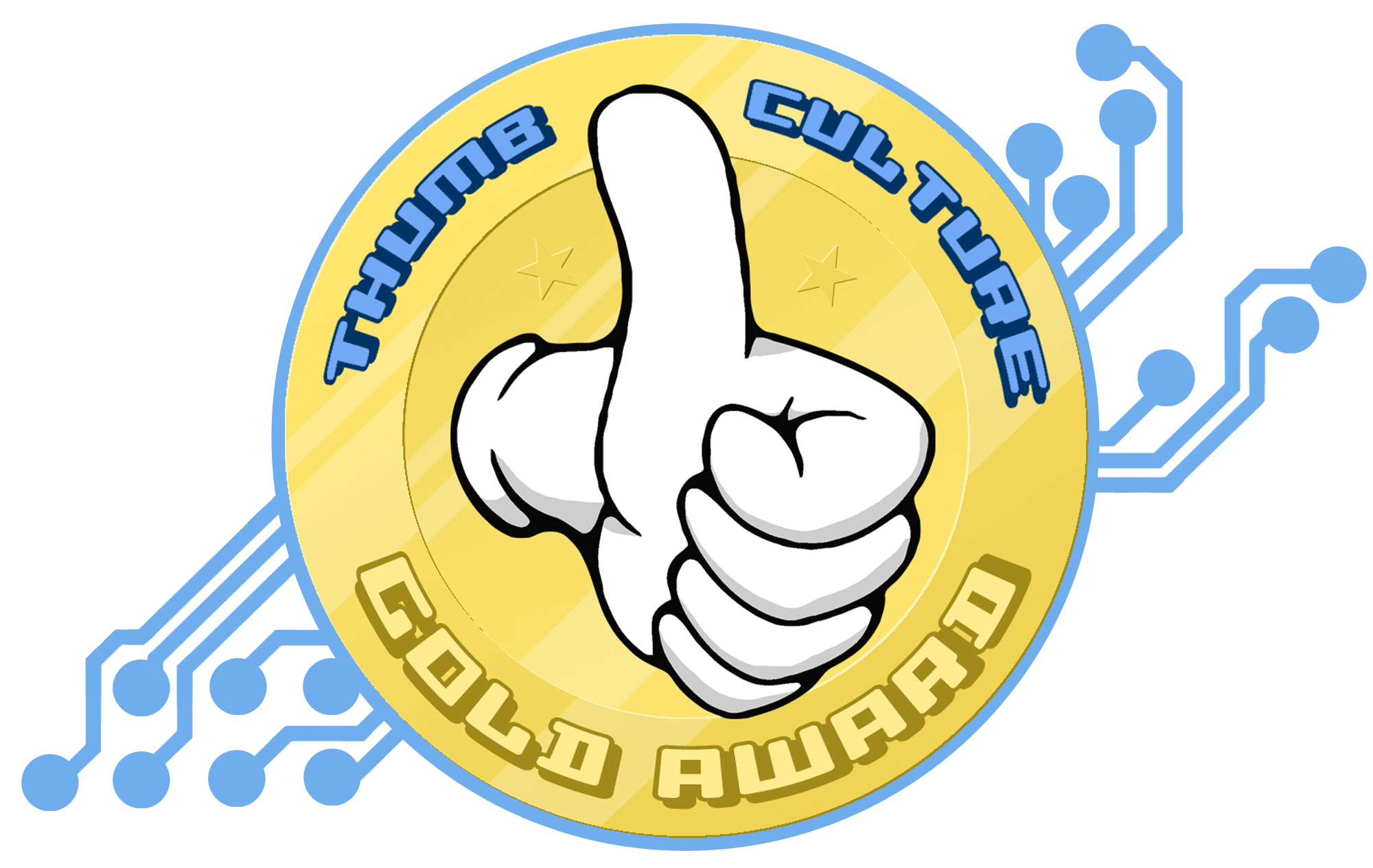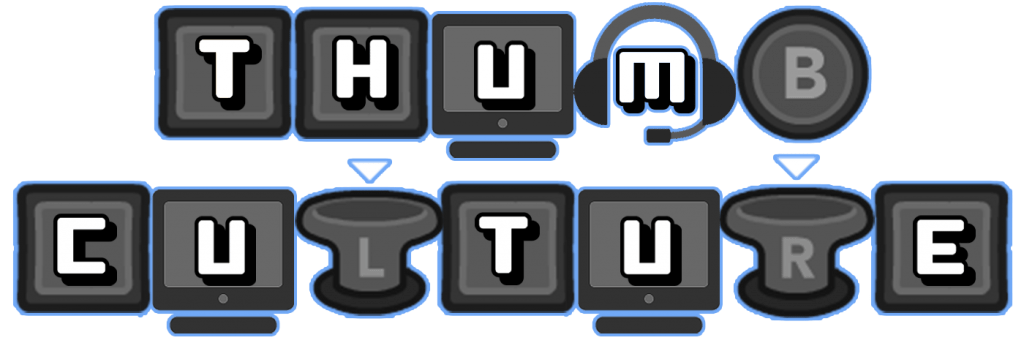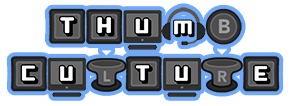
Ahoy, mateys! It’s time to don your tricorn hats, grab your cutlasses, and set sail for the tactical RPG waters of Flint: Treasure of Oblivion. Out now on Steam, Xbox, GOG and PlayStation. Developed by Savage Level and published by Microids, this swashbuckling adventure promises comic-book storytelling, dice-rolling combat, and just the right amount of pirate goodness. But does it capture the true spirit of piracy, or is it more of a damp squib? Let’s find out!
A Role Of The Dice For Me!
Before we dive in, I’m excited about how this game blends the rich lore of piracy with tactical gameplay elements. But enough from me, what are you excited about? Drop us a comment below!
Gameplay
In Flint: Treasure of Oblivion, you play as Captain Flint, once a mighty pirate king, now shipwrecked and starting afresh. Assisted by your loyal friend Billy Bones, you gather a crew and embark on a journey filled with treasure, betrayal, and dice rolls. Yes, dice rolls. If that doesn’t scream “Dungeons & Dragons meets Pirates of the Caribbean,” I don’t know what does.

The gameplay is split between point-and-click exploration and tactical turn-based combat. Exploring the world is a joy, albeit occasionally frustrating. When you stumble upon something interactive, it glows or highlights, which is a helpful touch. However, the lack of a map showing where you are means you’ll often wander aimlessly, especially in the town where you assemble your crew. Speaking of the crew, recruiting them feels like a treasure hunt in itself. Some are essential, like your surgeon and swordsman, while others are hidden gems you’ll find purely by chance.

Combat introduces dice rolls to determine outcomes, adding a layer of randomness that can be both exhilarating and maddening. Each character also has skill cards that don’t consume action points, allowing for strategic plays. There’s even a chance of combo attacks when characters are positioned together. One of the game’s more interesting mechanics is turning your character even without movement points, letting you avoid pesky back attacks. It’s a small but vital feature that adds depth to positioning. However, the inability to reload a save after a failed dice roll can leave you gritting your teeth. You can restart a fight, but in the open world, Flint: Treasure of Oblivion, there is only a continuing option and no way to save and reload.
Graphics & Audio
If there’s one thing Flint: Treasure of Oblivion absolutely nails, it’s the presentation. The comic-book-style narration overlays the digital game beautifully, making every cutscene feel like it’s been ripped straight from the pages of a graphic novel. The cinematic cutscenes even feature voice acting, though the rest of the game relies on text. While this might feel like a missed opportunity for some, it keeps the focus on the comic book aesthetic.
The environments are varied and visually appealing, from bustling ports to dense jungles and mysterious caves. Bringing the pirate world to life, albeit with occasional frame rate drops and minor bugs that can take you out of the moment.

The soundtrack oozes pirate charm from the main menu to the heat of battle. It’s all piano tunes and dramatic orchestral pieces that transport you straight into the Golden Age of Piracy. If the visuals don’t get you in the mood, the music certainly will.
Longevity
Flint: Treasure of Oblivion branching paths and dice-based combat provide decent replayability. Since some routes don’t allow backtracking, you’ll inevitably miss things on your first playthrough. While this can be frustrating initially, it also encourages a second, or even third, run to see everything the game offers.
The lack of a proper save system can be a double-edged sword. On the one hand, it adds tension and forces you to live with your decisions. Conversely, it’s disheartening when a failed dice roll locks you out of a desirable outcome.
The crew recruitment and levelling system also adds replay value. Discovering new characters with unique abilities makes each playthrough slightly different, even if the overarching story remains the same.

Final Thoughts
Flint: Treasure of Oblivion isn’t without its flaws. The lack of a map showing where you are on it, the occasional bugs, and the reliance on dice rolls might put off some players. However, the game’s strengths far outweigh its weaknesses. The comic-book storytelling, atmospheric music, and pirate-themed adventures make it a must-play for fans of the genre.
Savage Level have created a world that’s as charming as it is challenging, and while it might not be smooth sailing all the way, the journey is well worth it. So grab your dice, recruit your crew, and set sail. This is one treasure you won’t want to leave buried.
With its engaging presentation, tactical depth, and sheer pirate charm, Flint: Treasure of Oblivion earns itself a Thumb Culture Gold Award.

Disclaimer: A code was received in order to write this review.
If you enjoyed this review, why not check out some more pirate goodness in the our review of Under The Jolly Roger

YouTube | Facebook | Twitter | Instagram | Discord | Podcast
